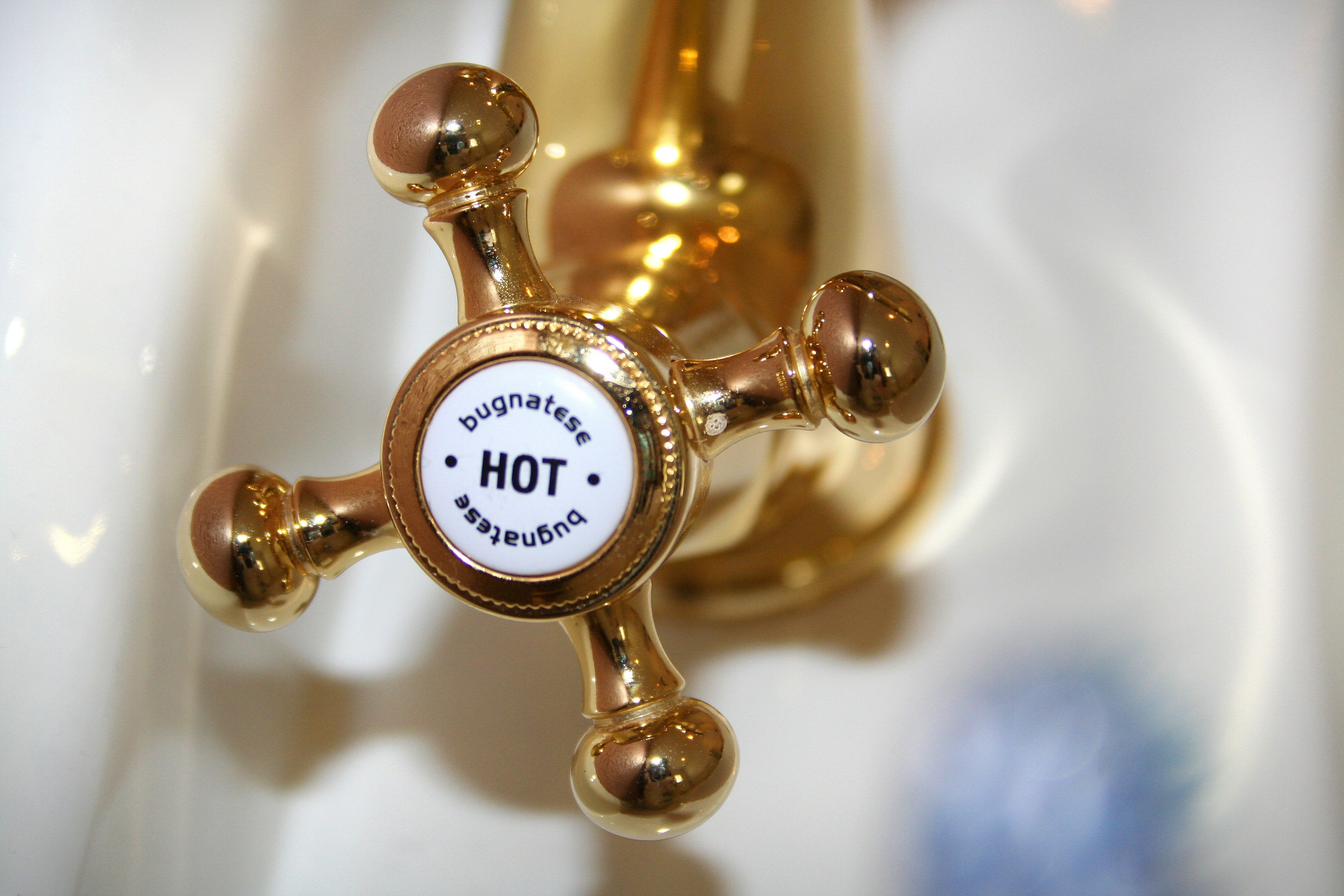The Need for Research across Water Saving Measures
- June 20, 2018

Water saving measures, such as faucet aerators and low-flow showerheads, are popular among the Northwest’s utility programs. They’re easy to distribute and install, fairly cost-effective and are intended to reduce a home’s energy consumption through a reduction in hot water usage. Water saving measures constrict water flow slightly and allow more air to enter the stream, thereby flow rate and overall consumption are reduced. This reduced water consumption can lead to lower water bills and decreases in the energy used for a home’s hot water heater.
In May of 2018, the Regional Technical Forum approved its first aerators savings estimates. The RTF approved this measure as a Planning measure, meaning the savings estimates are not yet considered reliable. For aerators, the current research available that was used in this analysis is old, inconsistent, and inconclusive. At present, there isn’t one comprehensive study offering all of the data necessary for a conclusive analysis, so data sources had to be cobbled together to get a sense of aerator savings. Moreover, most of the studies used in this analysis were dated, meaning that in most cases the efficient aerator studied was less efficient than those promoted by programs today. Furthermore, the data showed wide variance in savings.
These same data concerns have affected the RTF’s other water saving measures as well, namely showerheads, where the currently available data is similarly inconclusive and dated, examining showerhead models that are now the federal standard. Additionally, savings from both of these measures are highly subject to user behavior, leading to wide bands of uncertainty. For example, users may increase the run time of the device as a reaction to a lower flow rate, thus negating any savings.
As with all Planning measures, the RTF has developed research strategies to identify data needs for these measures. To move forward, the RTF will need pre/post metered data on aerators and showerheads that consistently show savings across modem products. The RTF recognizes that collecting field data for these measures may present a sizeable lift for the region’s utilities, however initial discussions at the RTF have indicated a pressing desire and a strong interest from multiple stakeholders to convene around this topic. Despite the potential cost of this research, there is a compelling need to better understand the potential for water saving measures in programs. When combined with thermostatic shower restriction valves, aerators and showerheads could save over 200aMW of energy, but the issue is, without the appropriate research the size of this resource may remain uncertain, and unfortunately, untapped.

